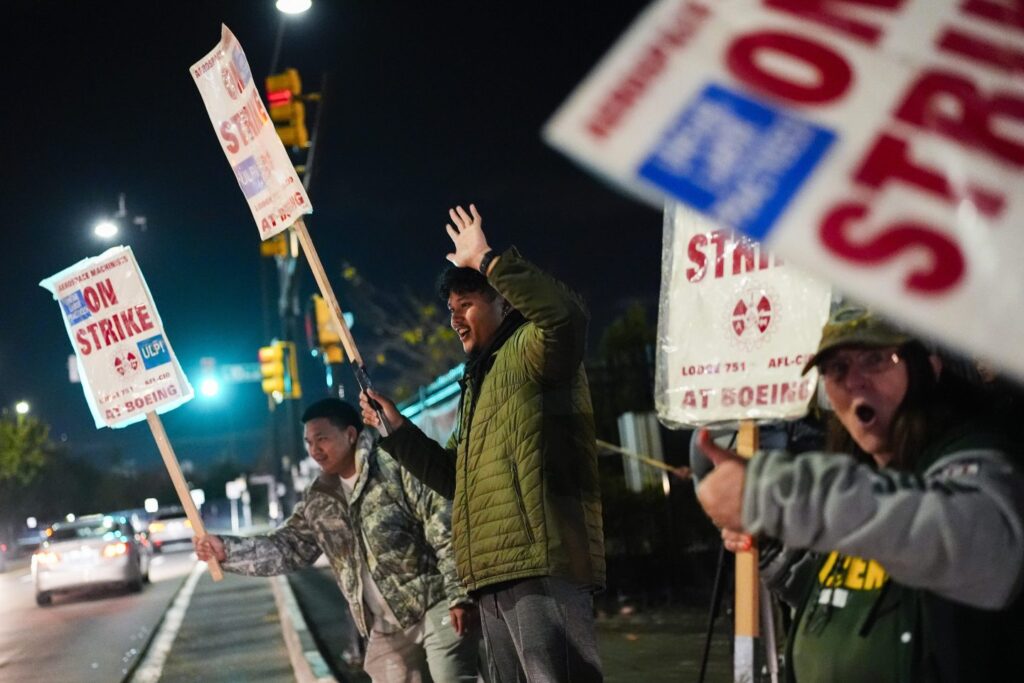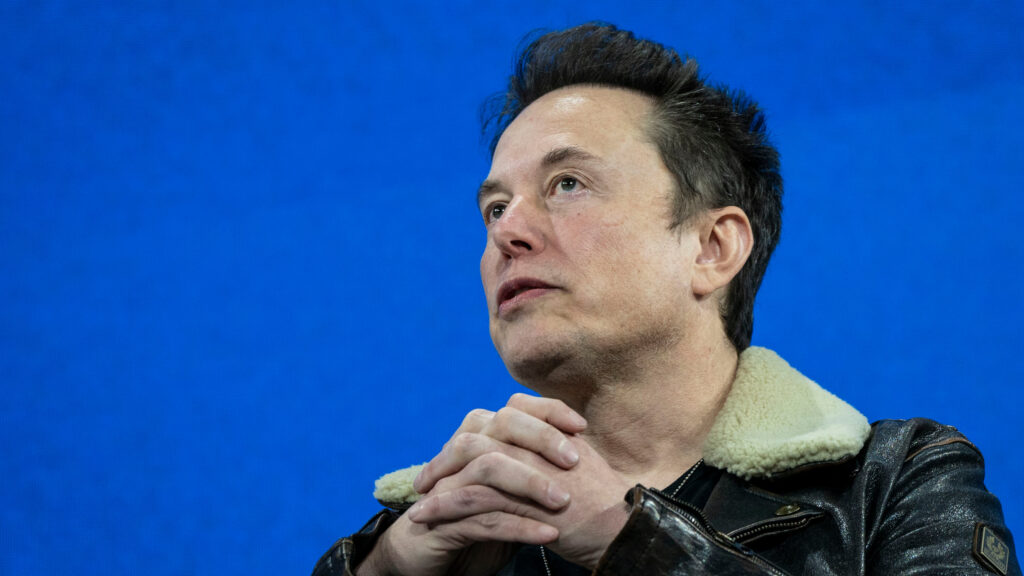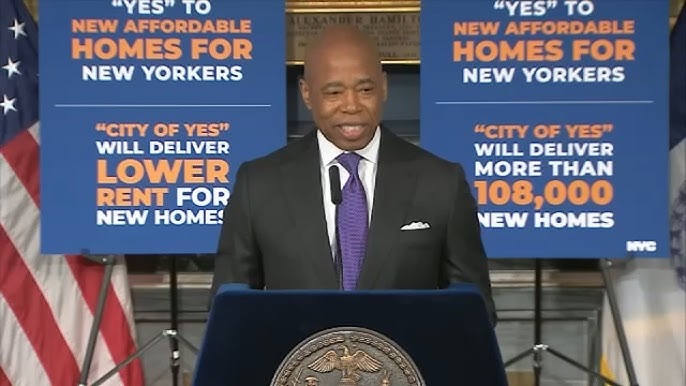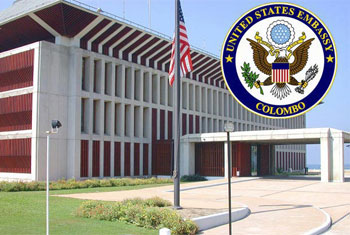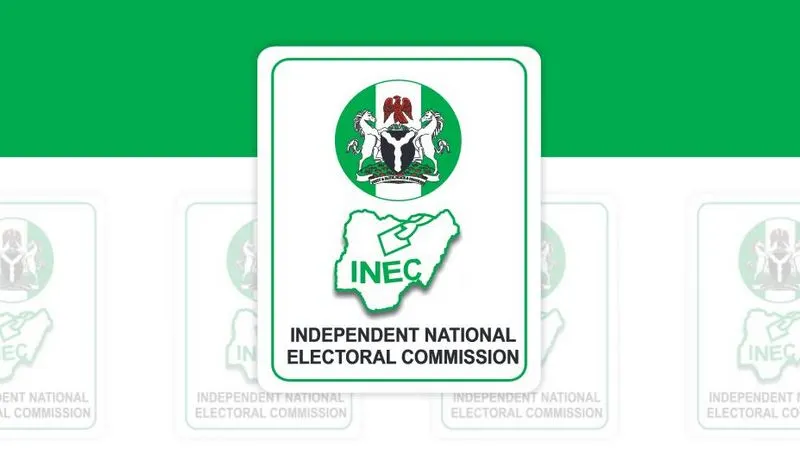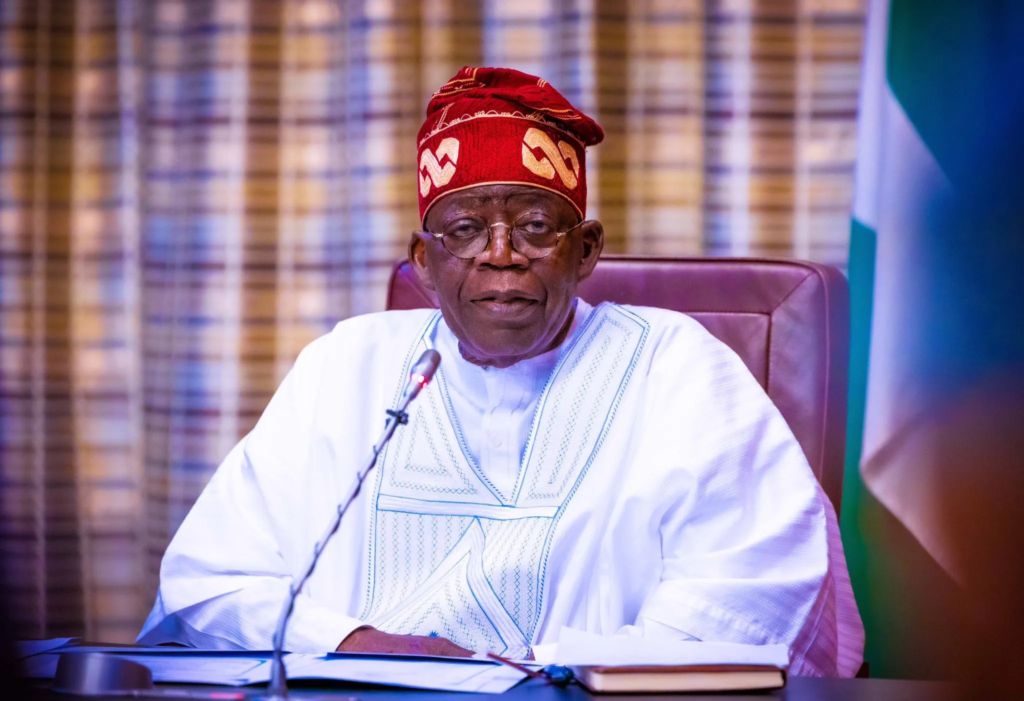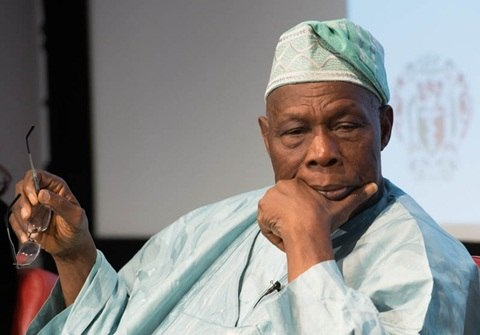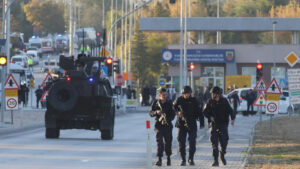The G7 has committed to utilizing frozen Russian assets to generate $50 billion (£39 billion) in support for Ukraine’s fight against Russian forces. US President Joe Biden emphasized this move as a clear signal to Russia that “we’re not backing down,” despite Moscow’s threats of “extremely painful” retaliatory measures.
During the G7 summit in Italy, Ukrainian President Volodymyr Zelensky and President Biden signed a “historic” 10-year bilateral security agreement. This deal, celebrated by Kyiv, involves US military and training aid to Ukraine but does not include a commitment to deploy US troops.
According to the White House, the agreement aims to enhance Ukraine’s defense and deterrence capabilities, strengthen its defense industrial base, and support its economic recovery and energy security. In the event of future Russian aggression, the deal ensures high-level consultations to determine necessary measures to support Ukraine and impose costs on Russia.
Separately, the G7 and the EU had frozen approximately $325 billion in assets following Russia’s full-scale invasion of Ukraine in 2022, generating around $3 billion in annual interest. The G7 plan proposes using this interest to pay the annual interest on the $50 billion loan for Ukraine, sourced from international markets. The funds are expected to be available by the end of the year, offering long-term support for Ukraine’s war effort and economy.
At a joint news conference in Puglia, southern Italy, President Biden stated that the $50 billion loan would “put that money to work for Ukraine” and send a message to Russian President Vladimir Putin that the G7 nations will remain united in their support for Ukraine. Biden asserted that Putin “cannot wait us out, he cannot divide us, and we’ll be with Ukraine until they prevail in this war.”
President Zelensky expressed gratitude to the US and other allies for their unwavering support. He hailed the new security deal as “a truly historic day” and described it as the strongest agreement between Ukraine and the US since Ukraine’s independence in 1991.
Other G7 leaders also praised the $50 billion loan deal, with UK Prime Minister Rishi Sunak calling it “game-changing.” The loan is significant when compared to the $61 billion worth of US military aid agreed upon in May.
A senior White House official noted that the G7-agreed fund would have multiple uses, including “military support, budget support, humanitarian support, and reconstruction support.” The official highlighted the flexibility of the fund’s structure, allowing countries to allocate their contributions according to their preferences, whether for budget support, reconstruction, or military aid.
**Kyiv Advocates for Release of Entire $300bn Frozen Fund as G7 Agrees on $50bn Support for Ukraine**
In Kyiv, some advocates had pushed for the G7 to release the entirety of the frozen $300 billion Russian fund, rather than just the interest it generates. However, the European Central Bank, led by President Christine Lagarde, ruled this out. Lagarde cautioned that such a move could jeopardize the “international order” that relies on mutual respect between nations.
Unlike the immediate impact of the US aid package, which resulted in additional missiles for Ukraine’s front lines, the newly agreed $50 billion loan from the G7 will likely not arrive until the end of the year. Consequently, it is expected to have minimal influence on the current trajectory of the war. Ukraine continues to urgently request more weapons, particularly air defense systems to counter Russia’s missile and drone assaults on its cities and power stations, as well as the long-awaited F-16 fighter jets, which are anticipated to start arriving as early as this summer.
During the G7 summit, President Volodymyr Zelensky stated that the new security agreement included US shipments of these warplanes. The loan deal carries significant symbolic weight for Ukraine, as it represents a situation where the aggressor is being forced to contribute to the repair and defense efforts in Ukraine.
One of Zelensky’s closest advisers noted that the West’s decision to penalize Russia in this manner signifies a turning point in the war. Nonetheless, the loan alone is unlikely to compel Russia to reverse its stance on the conflict in Ukraine.
The majority of the frozen assets of the Central Bank of Russia are held in Belgium. Under international law, these assets cannot be confiscated from Russia and given directly to Ukraine. Just hours before the G7 decision was publicized, Russian Foreign Ministry spokeswoman Maria Zakharova warned of “extremely painful” retaliatory measures. Moscow has described Western attempts to use interest from frozen Russian assets as criminal.
In February, Russia’s Finance Minister stated that the country had “ways to respond” if Western nations proceeded to seize Moscow’s funds. European officials have previously indicated that European investors have approximately €33 billion worth of funds stuck in Russia.


